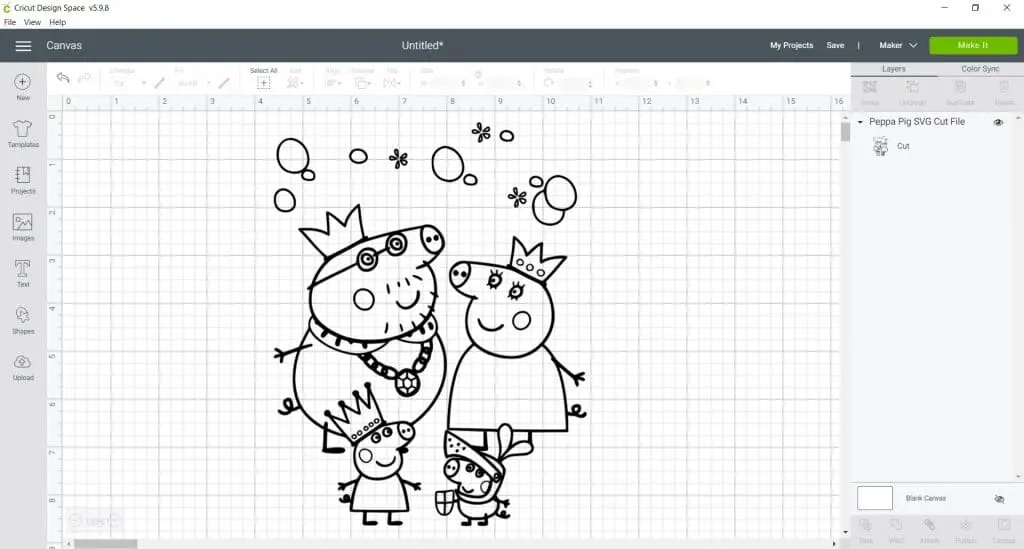


If anything "adobe svg" would get standardised before inkscape svg, however it is not their native format -and they are not as close to the standard as inkscape (thinking of supporting filters to name one difference).

The adobe team is represented by 5 people in the working group. They have yet another method of storing layer data when saving as svg. Optimized SVG is: It uses the Scour python script. Svg specs doesn't have a layer element, inkscape uses special labeling of groups to implement that.Īdobe's main format is ai, which supports layers by default. Plain SVG is simply the SVG file from Inkscape with the Inkscape stuff removed, so it will work in any SVG editing program. Those features are for example: support of layers. From one perspective, Inkscape SVG is basically the same as plain SVG, just with a few extra commands (in separate namespaces) added, which the Inkscape. If you want to rotate+scale an element your can append the transformation strings or use transformation matrix. All objects will be reconstructed from parsed data, but overall object hierarchy will be preserved.' - quote from the documentation. I dont know much about fabricjs and Inkscape, but using the svg DOM the following will apply for rotation and scale transformations applied individually to an element: Maybe you can apply this. Tavmjong Bah-, therefore the core spec is not about developing the standard following inkscape's special features. 'Saving document as 'plain SVG' actually invokes exporter. If you look at the member list, you can see inkscape is only represented by 1 developer. Svg is developed by a working group of w3c.


 0 kommentar(er)
0 kommentar(er)
